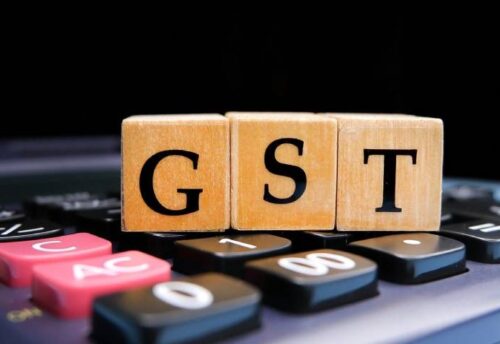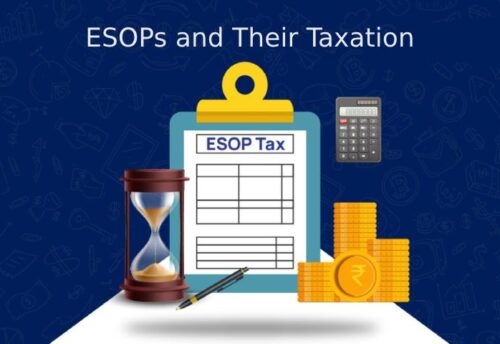
- 19/03/2025
- MyFinanceGyan
- 189 Views
- 4 Likes
- Tax
Form 15G & Form 15H: A Complete Guide to Eligibility, Usage, and Benefits
If you’ve completed your tax filing for 2023-24 and are looking to maximize your tax benefits, you may have come across Form 15G & Form 15H. These forms offer a legal way to reduce or completely avoid tax deductions at source (TDS) on interest income.
However, they must be submitted well before filing your income tax return (ITR). If you want to save money during the 2024-25 tax filing, read on to understand how these forms can work in your favor.
What Are Form 15G & Form 15H?
To understand these forms, you first need to know about TDS (Tax Deducted at Source).
TDS is a tax collected directly from the source of income to ensure tax compliance. However, if your total income is below the taxable limit, you may not owe any tax, making TDS deductions unnecessary.
Form 15G and Form 15H are self-declaration forms that individuals can submit to banks and financial institutions to prevent TDS deductions on interest income. These forms help those whose income is below the taxable threshold avoid unnecessary tax deductions.
Key Differences Between Form 15G & Form 15H
Where Are Form 15G & Form 15H Used?
These forms are commonly used in the following cases:
- Fixed Deposits (FDs): Banks deduct TDS if interest income exceeds ₹40,000 (₹50,000 for senior citizens) in a financial year unless these forms are submitted.
- Post Office Deposits: Similar to bank deposits, post offices also deduct TDS on interest income unless Form 15G/15H is provided.
- EPF Withdrawals: If your Employee Provident Fund (EPF) balance exceeds ₹50,000 and is withdrawn before five years of service, submitting these forms helps avoid TDS.
- Corporate Bonds: TDS is deducted on bond interest exceeding ₹5,000 unless you file Form 15G/15H.
- LIC Maturity Payouts: TDS applies to LIC policy maturity proceeds unless these forms are submitted, provided your total income is below the taxable limit.
- Other Non-Salary Income: These forms can also help avoid TDS on rent, insurance commissions, and other earnings, subject to eligibility.
Eligibility Criteria:
Eligibility for Form 15G:
- Age: Below 60 years.
- Resident Status: Must be an Indian resident.
- Taxable Income: Total taxable income should be below the basic exemption limit (₹2.5 lakh for FY 2023-24).
- Interest Income: Total interest income must not exceed the exemption limit.
Eligibility for Form 15H:
- Age: 60 years or older.
- Resident Status: Must be an Indian resident.
- Taxable Income: Total income should be below ₹3 lakh (senior citizens) or ₹5 lakh (super senior citizens).
- Interest Income: Should not make the total income taxable.
These forms should be submitted at the start of the financial year to prevent TDS deductions on interest.
Parts of Form 15G & Form 15H:
Both forms require careful attention when filling them out. They include:
Part 1: Declaration by the Individual
This section requires:
- Name
- PAN Number (Mandatory)
- Address
- Nature of Income (Interest, EPF Withdrawal, etc.)
- Estimated Income for the Year
- Details of Other Incomes for Which Form 15G/15H Is Submitted
Part 2: Declaration by the Bank/Deductor
This section is filled by the bank or financial institution, confirming receipt of the form and ensuring no TDS deduction for that financial year.
How to Fill and Submit Form 15G & Form 15H:
Most banks and financial institutions allow online submission of these forms, making the process easy and convenient.
- Download the Form: Get the form from your bank’s website or the Income Tax Department’s portal.
- Fill in Personal Details: Enter your PAN, name, income details, and declaration information.
- Attach Supporting Documents: Validate your estimated income with supporting documents.
- Submit Online or Offline: Many banks offer online submission. Otherwise, submit the form at your branch.
- Ensure Early Submission: Submit at the start of the financial year to prevent TDS deductions.
What If You Fail to Submit These Forms?
If you are eligible for Form 15G/15H but fail to submit them, TDS will be deducted at 10% on your interest income exceeding the exemption limit. If PAN is not submitted, the deduction may rise to 20%.
In such cases, you can claim a refund while filing your income tax return if your income is below the taxable threshold.
False Declaration Consequences:
Providing incorrect information on Form 15G/15H can lead to penalties, including interest charges under Section 234C and other applicable legal actions.
Conclusion:
Form 15G and Form 15H are useful tools for individuals with income below the taxable limit to prevent unnecessary TDS deductions. Understanding the eligibility criteria and submission process can help you make the most of these benefits. If you have any doubts, it’s best to consult a financial expert to avoid errors while filling and submitting these forms.
Note: The views in this article are for informational purposes only and should not be considered as financial advice or product recommendations.



